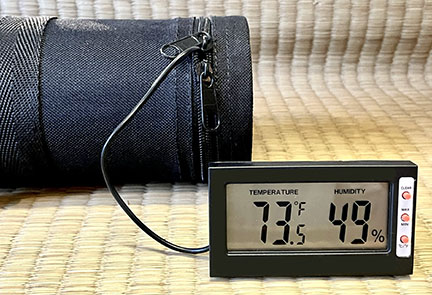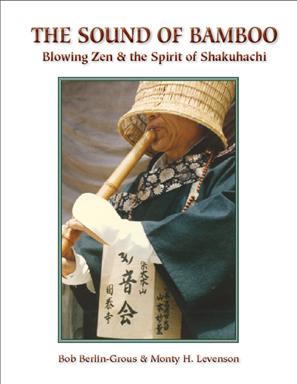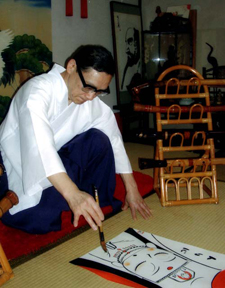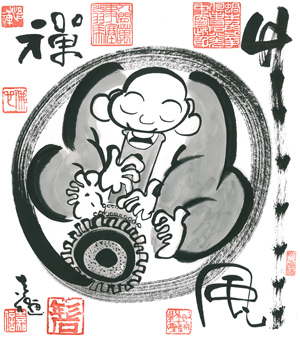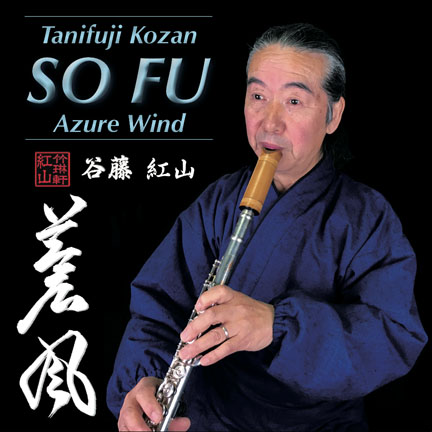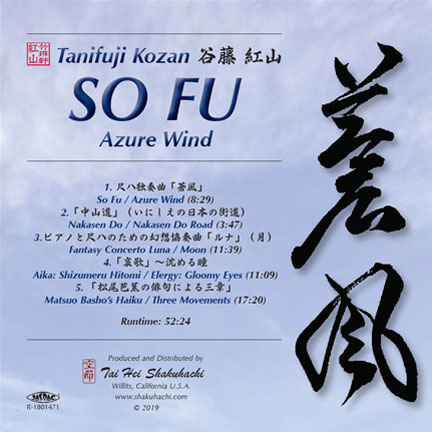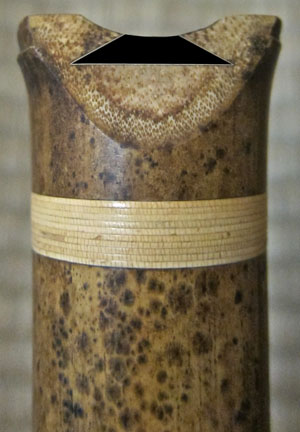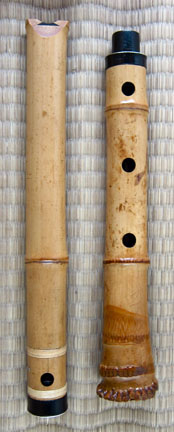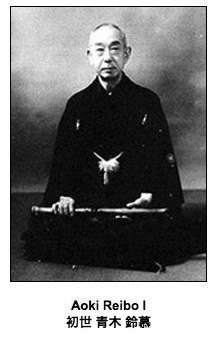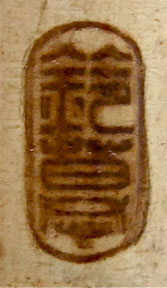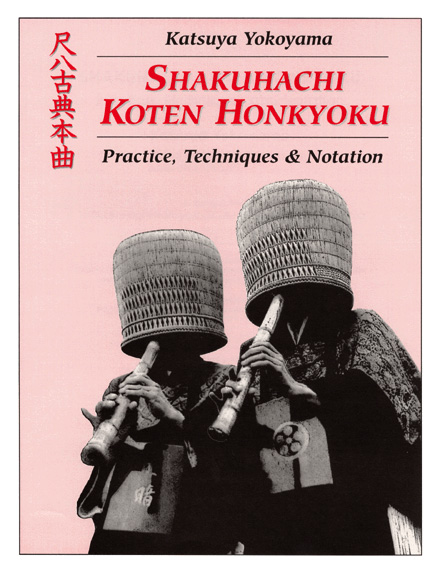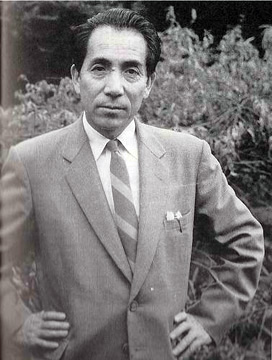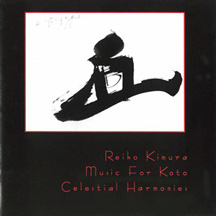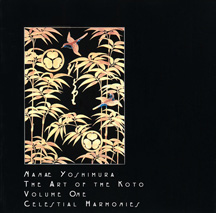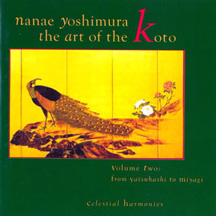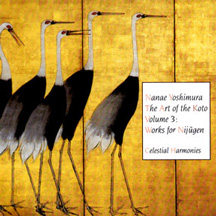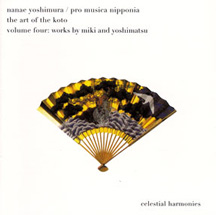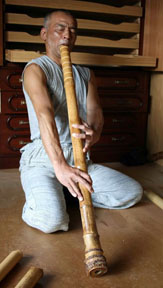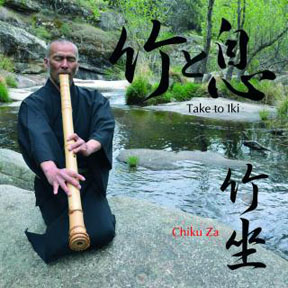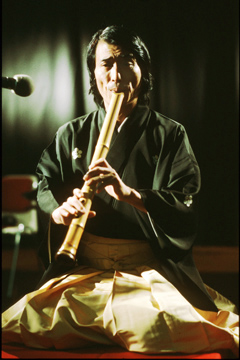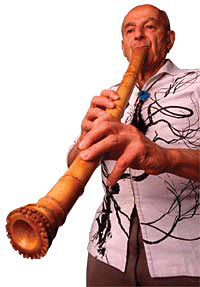NEWS |
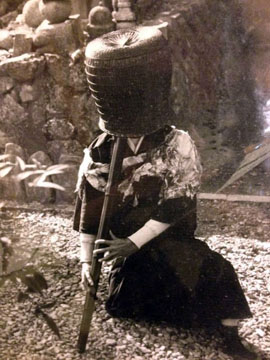 |
![]() April 20, 2025
April 20, 2025
World Shakuhachi Festival Texas 2025
April 17-20, 2025
College Station, TX • A&M University
From April 17~20, 2025, the College of Performance, Visualization, and Fine Arts at Texas A&M University (College Station, Texas) will host the eight incarnation of the World Shakuhachi Festival.
WSF 2025 will feature a diverse range of music from these genres in concerts, workshops, lectures, exhibitions, masterclasses, and informal gatherings.
Participants can learn from and experience the artistry of the most consummate shakuhachi artists in the world and be inspired by the endless possibilities inherent in this simple bamboo flute.
WSF 2025 is the eighth major international shakuhachi festival to be held since the original 1994 WSF convened in Bisei, Okayama Prefecture, Japan.
Subsequent festivals have been held in Boulder, Tokyo, New York, Sydney, Kyoto and London.
Japanese Master Performer Series • 100 Year Commemoration Concert
Weill Recital Hall at Carnegie Hall • October 18, 2023 at 8 PM
Honoring Seifu Yoshida's Introduction of Shakuhachi and Japanese Music to the West
A spectacular celebration event commemorating 100 Years of Shakuhachi in the United States
that began when
Shakuhachi Grand Master, Seifu Yoshida (1890-1950)
produced a major city tour to express a deep appreciation for the United States help
in Japan’s recovery from the Great Kanto Earthquake of 1923.

Featuring Kenny Endo (Taiko Drums) • Ranko Ogura (Butoh Dance) • Masayuki Koga (Shakuhachi Flute)
along with
Masaru Koga (Piano, Saxophone & Shakuhachi) • Takeo Uetsuhara (Shakuhachi) • Jordan Simmons (Shakuhachi) • Stuart Goodnick (Shakuhachi)
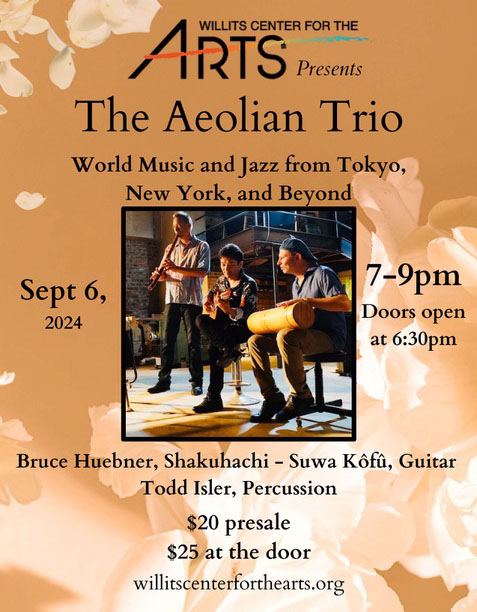
Monty & Kayo Levenson have collaborated with the Willits Center for the Arts to present a concert of traditional Japanese, World, & Jazz music featuring The Aeolian Trio.
This special event will be held in Willits on September 6th at 7PM. Ticlkets available online at https://willitscenterforthearts.org
Listen to an interview with Bruce Huebner with Victor Palomino on his show ART WAVES. aired on Mendocino County Public Radio station KZYX.
https://www.kzyx.org/show/art-waves
Here is a listing of all the dates and locations of The Aeolian Trio USA Tour
About The Aeolian Trio
The shakuhachi, a Japanese traditional bamboo flute that is rooted in Zen Buddhism, meets the guitar, a Spanish folk instrument that became a giant of jazz, rock and pop. In ancient times the shakuhachi was carried from the Middle East to Japan on the fabled Silk Road. Meanwhile, the guitar springs from flamenco and Renaissance traditions, and has antecedents in the Middle Eastern Oud. These seemingly disparate traditions separated by a two continents spring from the same cradle of civilization. Now, centuries later, in California, Tokyo, and New York, Japanese guitarist Kôfû Suwa and shakuhachi master Bruce Huebner join New York-based percussionist Todd Isler to reunite these ancient traditions and bring them into the Twenty First Century for you to enjoy right here in Willits.
Bruce Huebner, Shakuhachi
California- born Bruce Huebner studied shakuhachi under the late Goro Yamaguchi (Living National Treasure) at the prestigious Tokyo University of Fine Arts and Music. He is the first non-Japanese to receive a master's degree in traditional Japanese music performance at the university. He earned his master’s license in 1997from Chikuyusha, one of the oldest shakuhachi guilds. In 1999 Huebner co-founded the Jazz/World Music group "Candela," which has recorded and performed to wide acclaim in Japan, as well as at venues in the United States, Canada and Europe. https://www.shakuhachibruce.net
Kôfû Suwa, Guitar
Self-taught from the age of 13, Kôfû Suwa began his professional guitar career in 1985 at the age of 17. Working his way up through the cabaret and studio scene in Tokyo he now leads his own band “Wind Groove,” and works as a studio musician and backup player, including nationally-famous Enka singer Yamauchi Keisuke. He is active as a producer, composer and clinician and heads the Yugen Guitar Instruction Studio. He currently resides in Tokyo, Japan.
https://office-koufuu.com
Todd Isler, Percussion
Performer, teacher and author Todd Isler is based in New York City, where he has been active in the jazz and world music scenes for over 20 years. He currently co-leads International Orange, who released their debut album in 2013. Todd, along with the band Savane, won the Disc Makers Unsigned Band Contest. He was also a winner of the JAZZIZ Magazine Percussion On Fire contest. Todd has toured Africa, studied and performed with renowned percussionists in India and Brazil, as well as with a wide range of artists and dance companies throughout the United States. http://toddisler.com
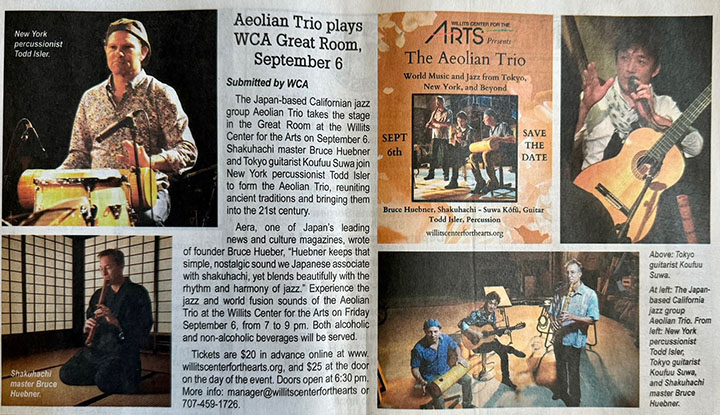
A remarkable breakthough in shakuhachi care. New improved design.
Tai Hei Shakuhachi Featured at the Musical Instrument Museum (MIM), Phoenix, AZ
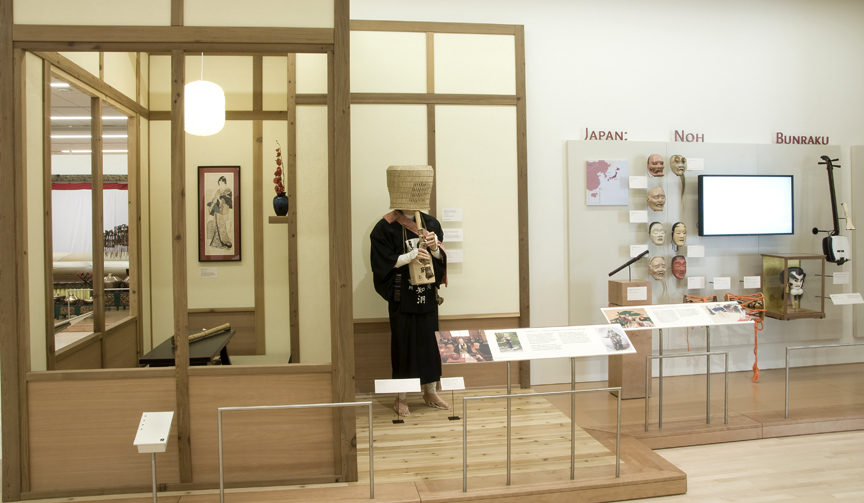
1.8' Professional Shakuhachi
Made from 50 year old and rare Kyushu madaké bamboo
OSHIMA TSUMUGI PATTERN FLUTE BAGS
This is a SPECIAL EDITION limited to flute bags in stock.
Oshima Tsumugi is a woven fabric made as a traditional craft of the Amami Islands (mainly Amami Oshima) in the south of Kagoshima Prefecture. It refers to a plain weave silk cloth that is hand-woven from hand-spun silk thread dyed with mud.
Made of 100% Cotton Dobby woven on a special loom to create a textured effect in the finished cloth. These flute bags are prints of Oshima Tsumugi motifs, not the actual silk fabric, but replicas of the traditional designs. They are lined inside with insulation as well as an invisible polypropylene vapor barrier that stabilizes the temperature and moisture content of the bamboo.
Oshima Tsumugi Flute Bags are available in these distinctive motifs.
OSHIMA HANA GASURI

OSHIMA KIRE TSUNAGI MON

THE SOUND OF BAMBOO Bob Berlin-Grous & Monty H. Levenson An interactive book that connects directly to the Internet |
https://shakuhachi.com/PG-TheSoundofBamboo.html
• Post-Publication Updates to the Interactive Clickable Paper Edition |
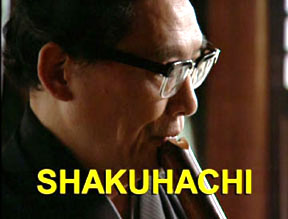 |
Yoshinobu Taniguchi SHAKUHACHI |
https://shakuhachi.com/V-Taniguchi-DVD.html
|
|
|
http://shakuhachi.com/P-Taniguchi-Sumie.html
or
http://ShakuhachiArt.com
|
S-T8b SO FU: Azure Wind / 谷藤 紅山 Tanifuji Kozan's first Shakulute album came out in 2004 and included eight original pieces I composed for this new hybrid instrument. On this second album, he has expanded the repertoire and range of the Shakulute by including works of some of his favorite composers. These ensemble pieces are accompanied by two pianists and a jushichiken koto player, all of who live in his hometown of Engaru in Hokkaido, Japan. 1. 尺八独奏曲「蒼風」 Runtime: 52:24 Recorded in Hokkaido, Japan. |
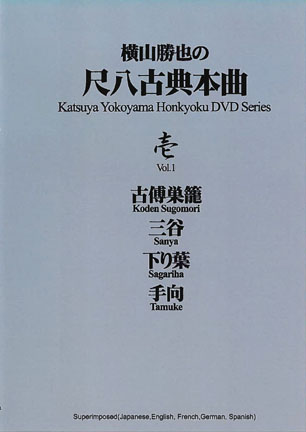 |
SHAKUHACHI HONKYOKU Japanese Language |
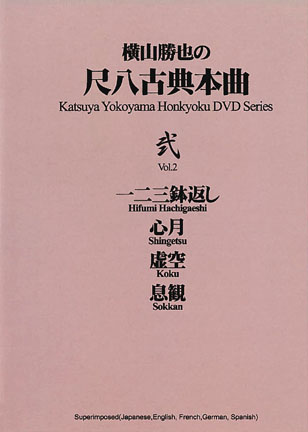 |
New Sheet Music |
|
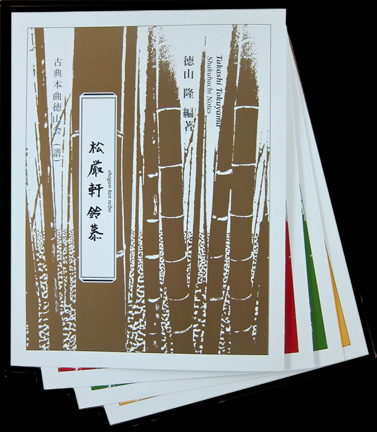 |
Takashi
Tokuyama Takashi Tokuyama is the founder of the Tokuyama Honkyoku Kai in Tokyo. He has traveled throughout Japan researching and transcribing honkyoku, some of which are rare and known only to a few surviving players. Tokuyama has published many of the oldest known pieces of "original" shakuhachi music. His sheet music series comes in four sets which correspond to the degree of complexity and order in which the pieces are learned by students at his school. All music is written in the Japanese cursive style and comes with an English translation of Tokuyama's notes on fingering, breath and chin technique. 4 Sets - 126 Handwritten Scores - 5 CDs YELLOW SERIES
- Beginner Level |
![]() 52 Newly Published Scores
52 Newly Published Scores
including
GOLD SERIES - Master
Level: "Initiation into the Secrets"
The Gold Series Master Level scores represent the most intricate and demanding honkyoku collected and arranged by Takashi Tokuyama-sensei. Hence, his belief that undertaking the study of this music initiates the player into the deepest secrets of shakuhachi Koten Honkyoku, revealed only in the process of mastering these pieces.
https://shakuhachi.com/SM-Tokuyama.html
New DVD
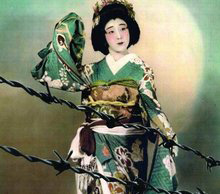 |
HIDDEN LEGACY: This documentary film, using historical footage and interviews from artists who were interned to tell the story of how traditional Japanese cultural arts were maintained at a time when the War Relocation Authority (WRA) emphasized the importance of assimilation and Americanization. This film will be the first major presentation of the existence of traditional music, dance and drama in the camps. It is possible only because Shirley Kazuyo Muramoto-Wong has been searching, researching and collecting for over 20 years information on who these artists were. She has collected interviews, oral and visual histories, as well as artifacts from the internees and relatives of internees, including teachers, students, the performers, and the incredible artists who made instruments, costumes, and the props needed for a full performance from scraps of wood, toothbrush handles, gunny sacks, paint, and whatever they could scrape up. Her own family's history with the camps led her to become a kotoist and teacher of the Japanese koto (13-stringed zither). |
| New CDs | |
 |
2012 World Shakuhachi Festival |
https://shakuhachi.com/R-2012-WSF.html
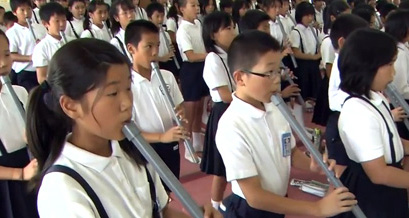 |
https:/shakuhachi.com/TOC-Education.html
New Sheet Music |
|
SHAKUHACHI
KOTEN HONKYOKU: Volume 1 • Volume 2 • Volume 3 22 Handwritten Scores Fingering Chart |
|
New Sheet Music |
|
|
Modern Compositions (Kinko-ryu & 5 Line Staff Notation) |
New Sankyoku CDs |
|
New CDs |
|
In Memoriam |
|
|
Hozan Yamamoto |
Dan E. Mayers |

